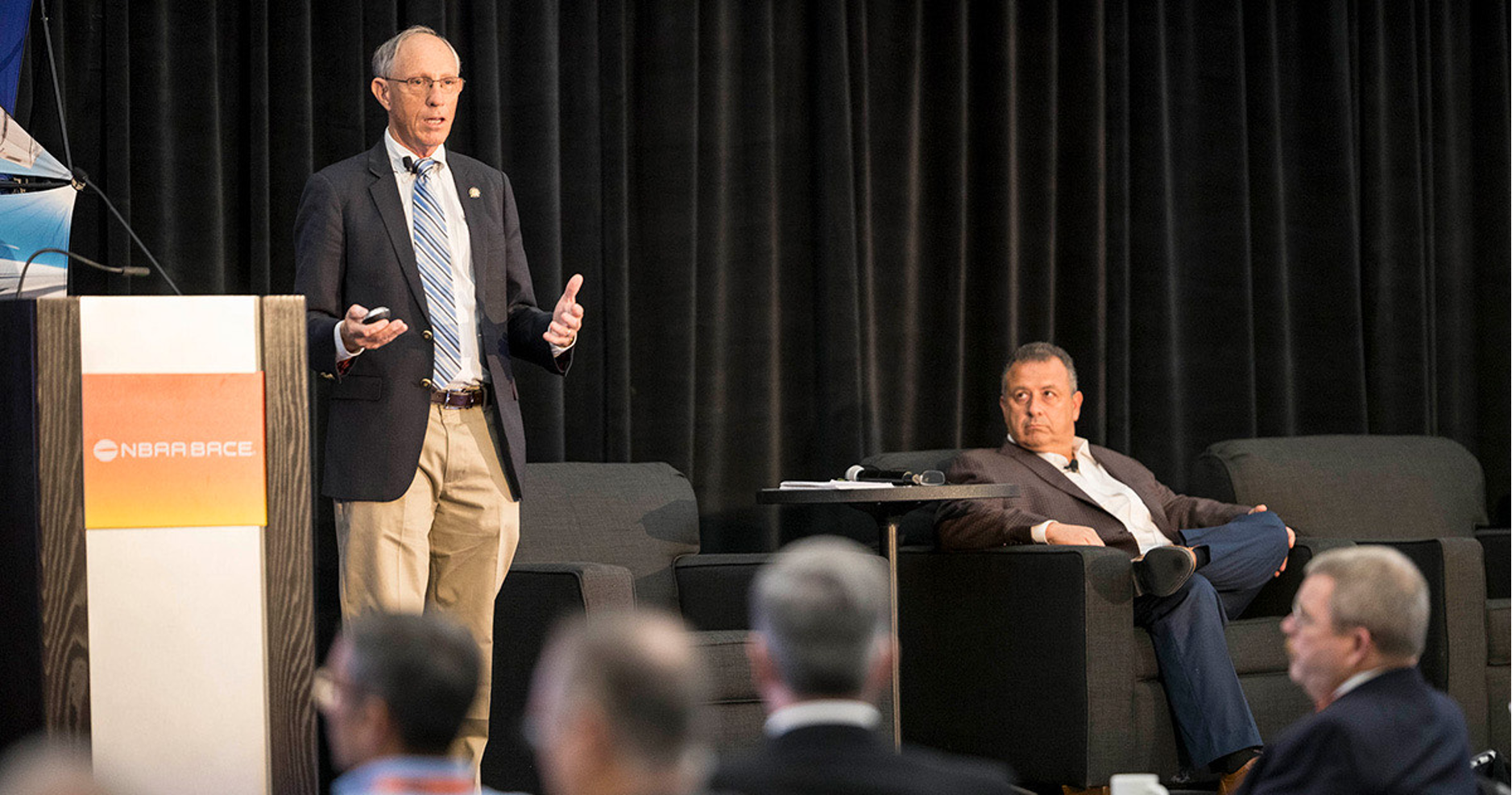NBAA-BACE Safety Conference: We’re Lousy Self-Evaluators

If you attend enough safety conferences like the NBAA-BACE Single-Pilot Safety Standdown (SPSS) in Las Vegas, you’re certain to hear a few comments that will ring true for the rest of your flying days. The morning event included sessions that looked at aeronautical decision-making, loss of control inflight (LOCI) and proactive managing safety systems—all focused on reducing the accident rate for pilots operating alone.
The National Transportation Safety Board Vice Chairman Bruce Landsberg nailed one of those memorable moments Oct. 11, as the discussion turned to why experienced aviators continue to destroy perfectly good aircraft despite being intimately familiar with similar dumb and usually fatal mistakes other aviators have made.
It’s Psychology 101 Landsberg said. Despite thousands of accident reports and lord knows how many recurrent training sessions, “we’re just lousy self-evaluators,” when appraising a deteriorating operational situation, he said. Landsberg’s train of thought emerged from his presentation of the Board’s investigation of last year’s crash of a Sikorsky S-76 in Calabasas, California. The crash killed basketball star Kobe Bryant, his young daughter and six others on board during what should have been a VFR flight. Unlike fixed-wing aircraft VFR helicopter minimums can be as low as 300 ft. and 0.5-mil visibility.
This wasn’t the pilot’s first rodeo, though,” Landsberg said. “He had lots of time in the S-76, although not a lot of instrument time.” Even though the pilot reportedly did well in training, he didn’t fly this trip into deteriorating weather the way he’d been trained. “He entered a cloud deck at full cruise speed and a steep rate of climb,” before he lost control of the aircraft. Landsberg’s point was that the same story is told again and again in other preventable accident scenarios and yet pilots continue to repeat the same mistakes, believing their flying savvy will somehow allow them to escape.
In other SPSS sessions on Monday, Aviation Performance Solutions CEO BJ Ransbury reviewed the critical first steps to recovering from an aircraft upset that leads to a loss of aircraft control, still the greatest cause of fatal accidents anywhere on the planet. Ransbury repeated the APS mantra that any pilot who experiences an upset has no more than 10 sec. to recognize the hazard and recover before LOCI is a forgone conclusion.
The entire audio of the SPSS will be available soon on the NBAA website.